
What Greta Gerwig's Little Women (2019) tells us about injustice in Hollywood
The Academy Awards, more popularly known as the Oscars, are annual awards for artistic and technical merit in the film industry. The nominations for these awards are assessed by the Academy of Motion Picture Arts and Sciences (AMPAS) and are seen as international recognition of excellence in cinematic achievements. The Oscars are widely cited as the most famous and prestigious awards in the field of entertainment. Due to their big influence, the Academy is thus able to curate what type of content is being released in Hollywood and even what type of projects are getting funded.
The Academy has long been under fire for its curation of the Oscar nominations, namely for the fact that people believe the Oscars lack ethnic and gender diversity (McKenzie, 2016). This is something that actress Issa Rae was able to capture perfectly when introducing the Best Director category during the Academy Awards held in February 2020. “Congratulations to those men,” she said, alluding to the fact that, once again, exclusively male directors were nominated by the Academy for the Best Director category. Once again, the Academy did not acknowledge female filmmakers in 2020, something that Larushka Ivan-Zadeh (2020), chief film critic for Metro, claims to be very shocking, as he has “seen more inspiring films made by women in 2019 than in any other year”. However, out of 2019's 100 top-grossing films, only 22.3% of those with authority behind the camera (such as directors, producers, and writers) were women (Women and Hollywood, 2019), meaning that this inequality in Hollywood seems to be a matter of both valuation and representation.
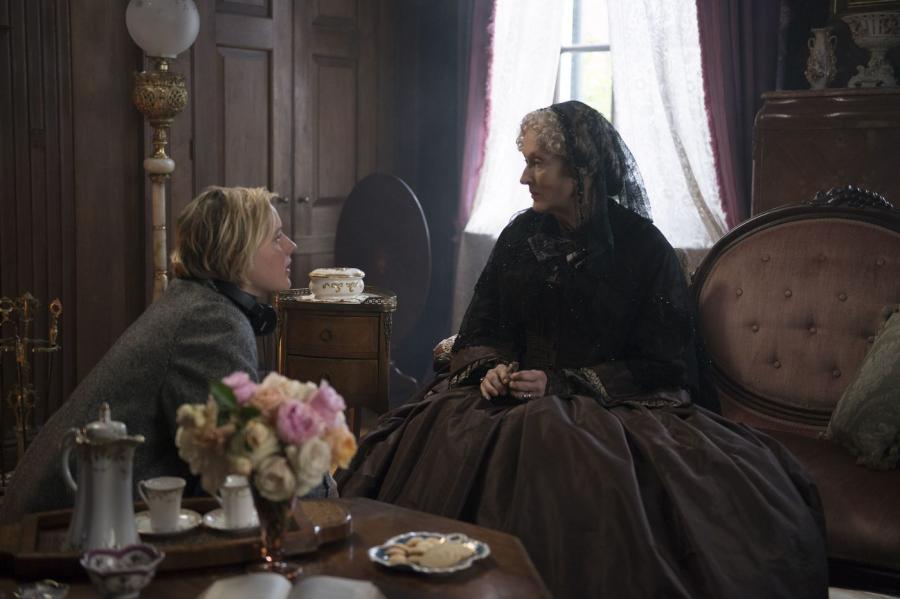
Figure 1: Behind the scenes of Greta Gerwig’s Little Women (2019).
The criticism of this lack of diversity in the type of content that is awarded by the Academy Awards takes shape in what is now known as the Little Women course (Grady, 2020), which refers to the Academy’s disregard towards Greta Gerwig’s movie Little Women (2019). Little Women was one of the most successful movies of 2019, with a 95% fresh rating on Rotten Tomatoes and an estimated profit of $60 million at the box office. Not only is the movie an adaption of the beloved novel by Louisa May Alcott, but the movie also stars well-known leads such as Meryl Streep plus other popular young Hollywood talents. The movie should have been an award-bait, what with the box office success, massive critical praise, and a cast that current Hollywood fans go crazy for. There has, however, been a notable lack of awards for Gerwig’s Little Women (O’Neil & Rangwala, 2020). In this paper, I am going to answer the question: “How can the Little Women (2019) course be used to understand the consequences of the Academy Awards on diversity in Hollywood?”
Little Women and the lack of (recognition for) female directors
The Academy Awards seem to have a systematic problem when it comes to the representation of female directors and female-based stories in its Oscar nominations. Although the Academy has been giving out awards annually since 1929, so far only seven women have been nominated for Best Director and there has only been one female winner. Although Little Women did reel in five Oscar nominations, one of which was for Best Picture, Greta Gerwig did not get a nomination for Best Director. This is especially peculiar since a nomination for Best Picture almost always goes hand in hand with a nomination for Best Director, seeing as the directors who did the best job also made the best movies. Of the 92 films that have won Best Picture in the history of the Oscars, 66 of them have also been awarded Best Director according to Filmsite’s trivia of Best Director facts.
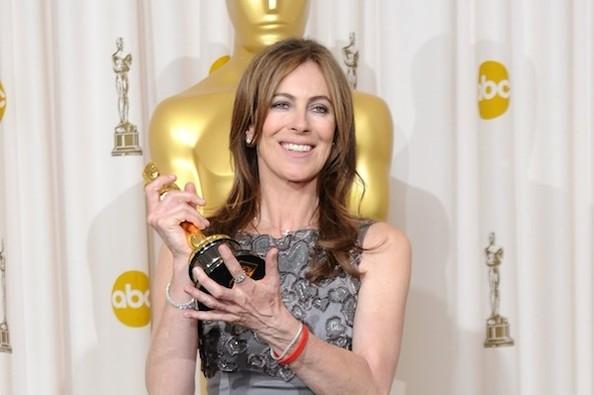
Figure 2: Kathryn Bigelow becoming the first female director to win the Best Director Academy Award in 2010.
According to Alan McKee, there is a certain gender bias in society that causes people to disregard female intellectuals and their output in the world. Instead, society tends to focus primarily on the activities of male intellectuals (McKee, 2005). This gender bias more than likely stems from norms and values conveyed by the patriarchy. The patriarchy is a system of power relations that “empowers men and disempower women by making constructed, gendered power imbalances seem natural and innate” (Ott & Mack, 2014). Every structure in our society seems to fall victim to the subordination of women’s interests courtesy of the patriarchy, which is, unfortunately, still omnipresent.
Hollywood gets stuck in the system of the patriarchy that promotes the power of men in a purely male public sphere and, as a result, women’s creative processes are not celebrated as much as their male counterparts
The Academy seems to be biased when it comes to the type of people they deem “intellectual” enough to receive an Oscar nomination. The fact that Gerwig was not recognized for her directing in Little Women showcases that, once again, the voting pool of the Academy favors male intellectuals over female ones. Hollywood gets stuck in the system of the patriarchy that promotes the power of men in a purely male public sphere and, as a result, women’s creative processes are not celebrated as much as their male counterparts.
Lack of female stories
In addition, Anna Smith, host of feminist podcast Girls on Film, points out that there is a certain prejudice in Hollywood that a director’s vision and the resulting product need to be authoritative instead of permissive and logical/analytical instead of emotional. With that, there is a stereotypical idea that women are more emotional than men. This idea is not only false, but it is also harmful as it prescribes how anything related to femininity is perceived (Barrett et al, 1998, p. 575). This prejudice towards what constitutes a “good movie” not only leads to the lack of nominations for female directors, but also to the lack of nominations for female stories. According to “Little Women” producer Amy Pascal, “movies by men, and about men, and for men are considered default movies”, which leads to women’s movies falling into a separate and unequal category (Jones, 2020).
Throughout history, civil society and the accompanying public sphere are generally occupied by those who are white, male, rich, and cis-gendered (Fraser, 1996; Lister, 1997). The public sphere refers to a modern institution and a set of values that engage people together in public and reasoned debates (Habermas, 1989). Ever since the ancient Greeks, women were excluded from this civil public sphere. Aristotle described two separate spheres in Greek society, namely the home (oikos) and the city (polis). Many believe this distinction between the two spheres led women to be confined to the private 'oikos' sphere while men were supposed to occupy the public 'polis' sphere (May, 2008). Since women’s issues belong to the private sphere, they are not openly discussed in the public sphere and are often seen as “trivial”. By paying special attention to movies created by and starring men, the Academy Awards maintain this idea of separate spheres where women’s issues belong to the private sphere and men’s issues belong to the public sphere.
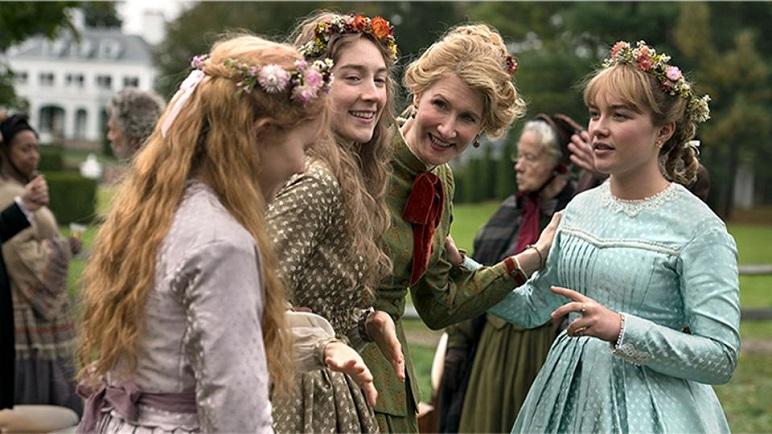
Figure 3: Still of Greta Gerwig’s Little Women (2019).
The Academy conveys the idea that only issues that concern men are worth showing on the big screen and this is once again displayed in the Little Women course. Little Women is deemed a “woman’s picture” because it tells a story about the different ways there are of being a woman (Grady, 2020). Women’s stories are not seen as prestigious the way men’s stories are and this inequality is materialized in the Academy’s ignorance of Greta Gerwig’s Little Women.
The fact that women and their concerns are not represented in Academy Award-worthy movies ties in with the emergence of the feminist health movement in the 1960-1970s. During this time, activists began to discuss health problems related to women that were not yet properly examined in the public sphere solely because these health issues did not concern men. The feminist health movement raised awareness of the fact that the dominant medical system that was primarily serviced by men had incorrect perspectives of women’s bodies and their health. This led to the failure of women-centered health care and the ignoring of women’s unique bodily experiences (Bobel, 2010).

Figure 4: Academy Awards’ Best Picture-Nominees in 2020.
The same can be said about the stories that are acknowledged by the Academy Awards. Due to the fact that they often encourage movies that are not only created by but also revolve around the lives of men, women’s unique life experiences are overlooked and this can lead to a wrong representation of both women and girls. According to actress Geena Davis, women and girls do not often get to see themselves represented in powerful positions in the media, a fact that reinforces damaging gender stereotypes. For instance, research has not only shown that women and girls are four times more likely than men to be shown wearing revealing clothing in film but women and girls are also four times more likely to be shown completely naked (Ford, 2019).
Hollywood seems to prioritize the male gaze, which refers to cinema’s “frequent positioning of women as objects coded for strong visual and erotic impact” (Ott & Mack, 2013), which then overlooks the importance of female characters’ own agency in film. This is especially damaging since the media have a huge influence on how the world views women and girls, and how they view themselves. Davis (2019) states that we need to see women in important positions and occupations in order to “have them in fiction so that life will imitate art”.
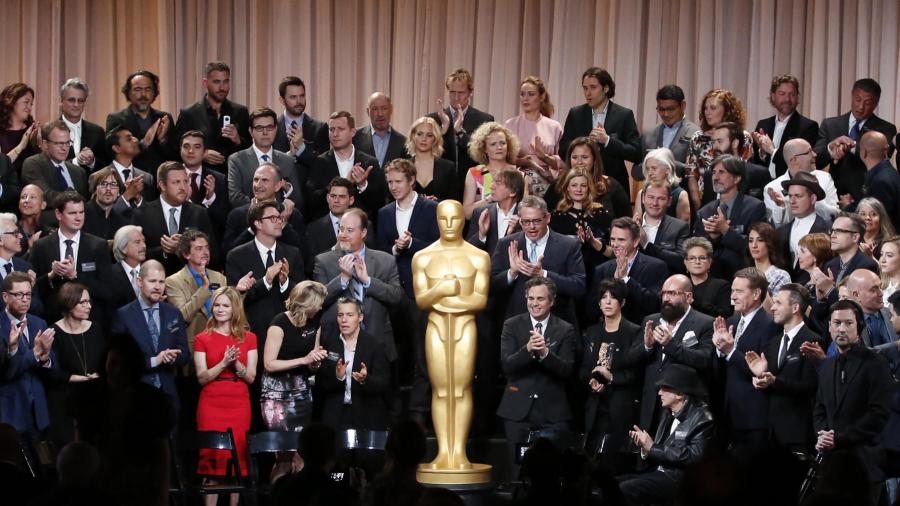
Figure 5: Academy Awards nominees in 2016.
Just like the commanding medical system in the 1960s and 70s was predominantly run by men, the Academy Awards of 2020 are still predominantly run by men. Although they have emphasized the inclusion of women and people of color into their elite group of Oscar nominators, the voting pool consisting of 9,000 film professionals still remains 68% male and 84% white (Watson, 2020). Male dominance in health care led to inaccurate worldviews of women’s bodies and experiences, the same way in which the ignorance of the Academy Awards towards women’s positions in society led to incorrect media representation of them. This incorrect media representation then creates inaccurate worldviews of what roles women and girls should take up in this man-made world.
Lack of ethnic diversity
The Oscar for Best Director in 2020 went to Bong Joon-ho, South Korean creator of the movie “Parasite”. This seems like a solid step towards the diversification of content that is acknowledged by the Academy, but this development towards more diversity loses its meaning when you realize Joon-ho was the only non-white person nominated for best director. The situation becomes even direr, as Black British actress Cynthia Erivo was the only one out of 20 nominees in the acting categories to be a person of color (Alcorn, 2020).
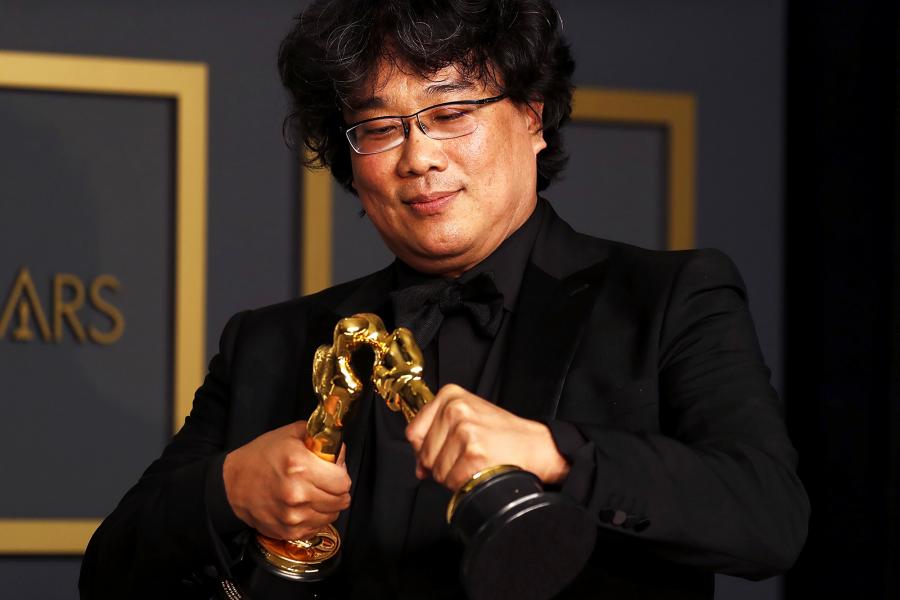
Figure 6: Bong Joon-Ho at the 2020 Oscars.
There seems to be one defining characteristic to movies that get the time of day from the Academy Awards - namely, movies that are created by male directors that are white, straight, and cis-gendered, accompanied by a cast of white, straight, and cis-gendered people. Even the minuscule amount of female directors that have received nominations in the past have all been white. With that, it is also inaccurate to assume that movies created by and starring people of color are simply not worthy of an Oscar nomination. For instance, although “The Farewell”, a movie directed by Chinese-American director Lulu Wang, scored numerous nominations at the Golden Globes and led to an acting award for Asian actress Awkwafina, it did not receive one Oscar nomination (Whitten, 2020).
To say the Academy Awards’ meager attempts at the inclusion of female directors throughout the years come from an attempt at feminist activism is bold at best. To make matters worse, the Academy Awards’ attempt at diversification can, on top of that, be characterized as what is now known as “white feminism”. Dictionary.com, the world’s leading digital dictionary, defines white feminism as “the label given to feminist efforts and actions that uplift white women but that exclude or otherwise fail to address issues faced by minority groups, especially women of color and LGBTQ women.”
It is hard for white women to worm themselves into the elite group of directors that get to receive Oscar nominations as it is, but it is especially hard for women of color and those who are part of the LGBTQ community
Even female actresses and directors that got acknowledged by the Academy seem to fall into the trap of white feminism. For example, more white actresses have won Oscars for yellowface portrayals of Asian characters than actual Asian actresses (Morgan, 2018). Yellowface refers to the practice of white actors changing their appearance with e.g. make-up in order to play Asian characters in media such as films, plays, etc. What is more, research shows that, since 1991, only 11.2% of all Academy Awards nominees have been non-white (Berman, 2018). It is hard for white women to worm themselves into the elite group of directors that get to receive Oscar nominations as it is, but it is especially hard for women of color and those who are part of the LGBTQ community.
Greta Gerwig seems to defy Hollywood’s expectations of what constitutes a good movie by creating a movie that is not only created by a woman but also focuses on feminine aspects such as the lives and world experiences of women. Greta Gerwig has failed, however, to break with Hollywood’s tradition of white movies. Gerwig gathered an all-white cast for her 2019 remake of Little Women, which would make sense seeing as all the characters were described as being white in the original novel, but many argue that Gerwig had multiple opportunities to make a change in this. Gerwig could have remodeled certain characters into having a different ethnicity, which would arguably have added more cultural depth to her adaption (De Vera Obedos, 2019).
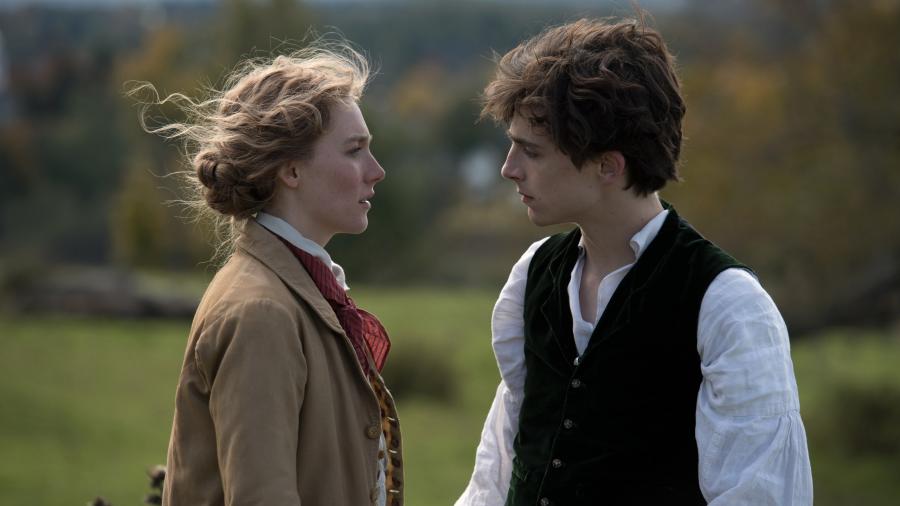
Figure 7: Jo March and Theodore “Laurie” Laurence in Greta Gerwig’s Little Women (2019).
Think of, for example, the character Theodore “Laurie” Laurence who was portrayed by young actor Timothée Chalamet in this adaption of the 19th-century novel. Louisa May Alcott described Laurie as a half-Italian young man with “curly black hair, brown skin” and “big black eyes” (Alcott 42), which opens up the opportunity for a non-white actor to play the beloved character. Seeing as Laurie is half-Italian, transforming Laurie into a man of color would even make a lot of sense if you look into the politics of the time. In 19th century America, Italians were seen as “uncivilized” and even deemed as racially inferior people (Staples, 2019). Laurie portrayed as an actor of color would thus have been a great opportunity for Greta Gerwig to reflect on the racism that is still at play in the world, and in Hollywood, today.
Little Women and injustice in Hollywood
Receiving an Oscar is deemed as the highest honor for anyone working in the film industry and, with that, the 9,000 film professionals that are part of the Academy’s voting pool have a big influence on what movies get the time of day. This voting pool has been receiving negative criticism for some time now, pointing to the fact that there is a lack of female and racial diverse representation in the Oscars nominations. This criticism reached its peak when all the rotten parts of the Academy seemed to accumulate in the Oscars’ “snub” of Greta Gerwig’s Little Women (2019). Gerwig did not get acknowledged for her directing of the movie, which may or may not have something to do with the fact that the movie is seen as a “woman’s picture” and thus not something that men could enjoy too.
With their annual Academy Awards, the Academy gets to indirectly decide what type of cast, plotline, and crew movies in Hollywood have and they thus get to curate what counts as the “norm” when it comes to the type of content audiences get to enjoy in the cinema. The history of the Oscars shows that this has led to a substantial gap in the acknowledgment of male and female directors, the recognition of a male story as a “universal” story rather than an individual one, and an overall whiteness when it comes to ethnicities in the cast and crew of Hollywood movies. By sending out their carefully curated Oscars nominations into the world every year, the Academy Awards maintain the impression that it is still a man’s world that we live in. And it is a white one, at that.
References
Alcorn, C. (2020). Hollywood is more diverse than ever. So why are the Oscars still so white?
Barnes, B. & Sperling, N. (2019). Women Made Them. Viewers and Critics Liked Them. No One Nominated Them.
Barrett, L. F., Robin, L., Pietromonaco, P. R., & Eyssell, K. M. (1998). Are women the “more emotional” sex? Evidence from emotional experiences in social context. Cognition & Emotion, 12(4), 555-578.
Bobel, C. (2010). The Emergence of Menstrual Activism, in New Blood, Third-Wave Feminism and the Politics of Menstruation. Rutgers Univ press, pp. 42-65.
Berman, E. (2018). This Chart Proves the Oscars Have a Serious Diversity Problem.
De Vera Obedos, N. (2019). “Little Women,” Laurie, and the Argument for Racebent Casting.
May, A. M. (2008). “Gender, biology and the incontrovertible logic of choice”. The ‘woman question’ and higher education: perspectives on gender and knowledge production in America. Cheltenham, UK; Northampton, MA: Edward Elgar Publishing.
Ford, L. (2019). Geena Davis: damaging stereotypes on screen limit women’s aspirations.
Fraser, N. (1996). Unruly Practices: Power, Discourse and Gender in Contemporary Social Theory. Minneapolis: University of Minnesota Press.
Grady, C. (2020). In 2020, Little Women has a men problem. But it used to be seen as a story for everyone.
Habermas, J. (1989). The Structural Transformation of the Public Sphere: An Inquiry into a Category of Bourgeois Society. Cambridge, MA: MIT Press.
Jones, E. (2020). Oscars 2020: Why do “male tales” tend to win awards?
Lister, R. (1997). Citizenship: Feminist Perspectives. London: Macmillan.
McKee, A. (2005). The Public Sphere: An Introduction. Cambridge University Press, United Kingdom.
McKenzie, J. M. (2016). Oscars 2016: Lack of Diversity Has Historically Been a Problem.
Morgan, T. (2018). Casting White People in Asian Roles Goes Back Centuries.
Ott, B. L. & Mack, R. L. (2013). Critical Media Studies: An Introduction.
O’Neil, E. & Rangwala, S. (2020). Oscar snub of ‘Little Women’ shows the limits of Hollywood feminism.
Staples, B. (2019). How Italians Became ‘White’.
Watson, A. (2020). Distribution of voters at the Academy Awards 2020, by ethnicity.
Whitten, S. (2020). Female directors shut out of 2020 Oscar nominations.
Women and Hollywood. (n.d.). 2019 Statistics.